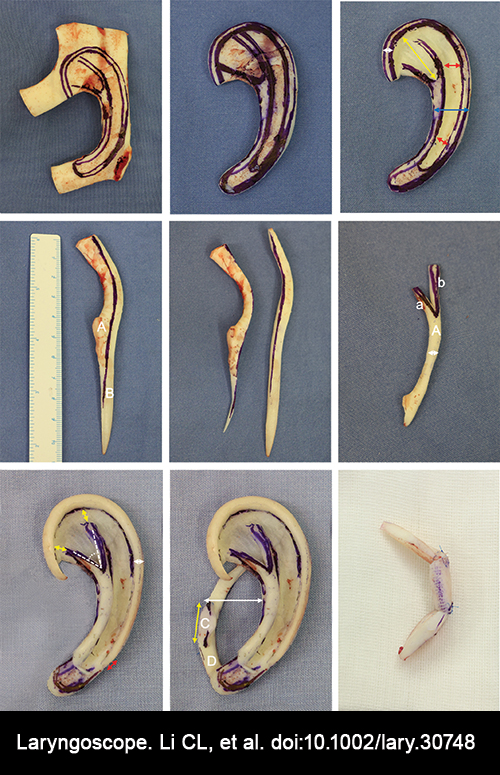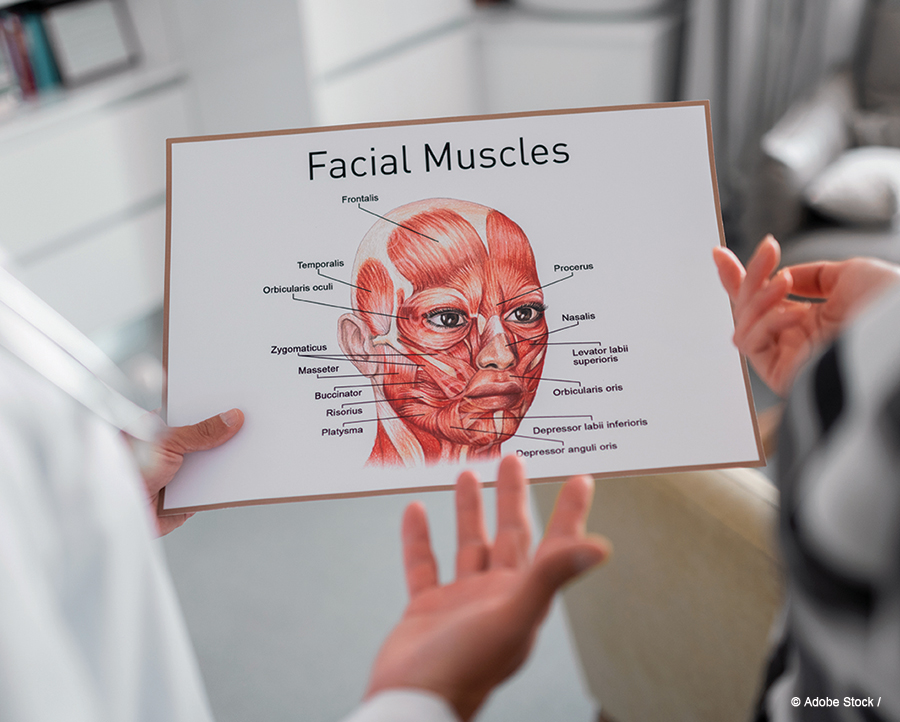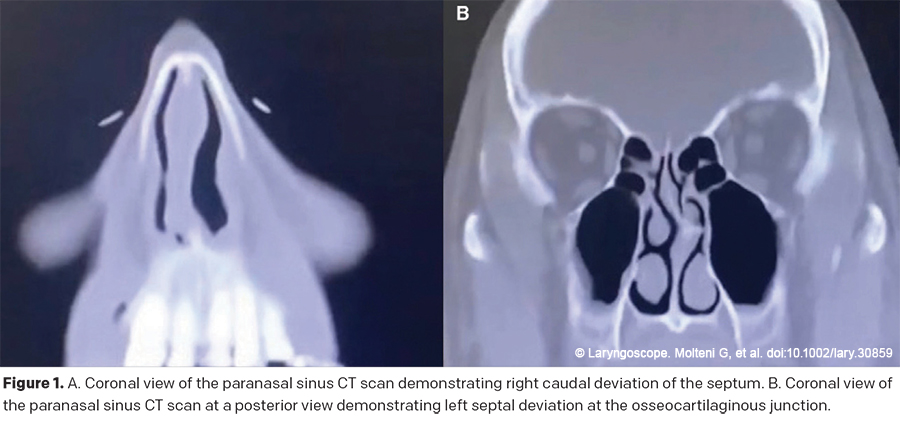Evidence suggests that post-operative nasal stents are beneficial if used for three to six months by a hypothesized mechanism of hindering the contraction and regression of the surgically repositioned lower lateral cartilages.


Evidence suggests that post-operative nasal stents are beneficial if used for three to six months by a hypothesized mechanism of hindering the contraction and regression of the surgically repositioned lower lateral cartilages.
Do the clinical features and treatment results, and the factors affecting them, differ between male and female patients with Bell’s palsy?
Can benign vascular anomalies transform into highly malignant angiosarcoma (AS), and is a more aggressive biopsy/surgical approach warranted in certain cases of these anomalies?
Although en bloc resection remains the standard of care for primary treatment of oral cavity squamous cell carcinomas (OCSCC), methods of intra-operative assessment of margins vary.
With morbidity costs of facial trauma exceeding $1 billion each year, ew database informs facial fracture-related management and cost trends for U.S. Metropolitan hospitals.

This study presents one quantitative framework fabrication technique that saves the use of cartilage and obtains sufficient concha space for canalplasty, achieving satisfactory aesthetic results with few complications.

Resolving a Self-Expression Disconnect Using AI, researchers find depressor anguli oris excision improves a patient’s ability to express happiness when smiling.

The use of tranexamic acid to reduce intraoperative bleeding may have applications in septorhinoplasty.

This article provides a detailed description of a dynamic endonasal columellar strut placement technique, as well as its clinical relevance and impact on patients after they have undergone routine septoplasty.
Increased diversity is needed in academic facial plastic surgery, particularly female, Hispanic, and Black representation.